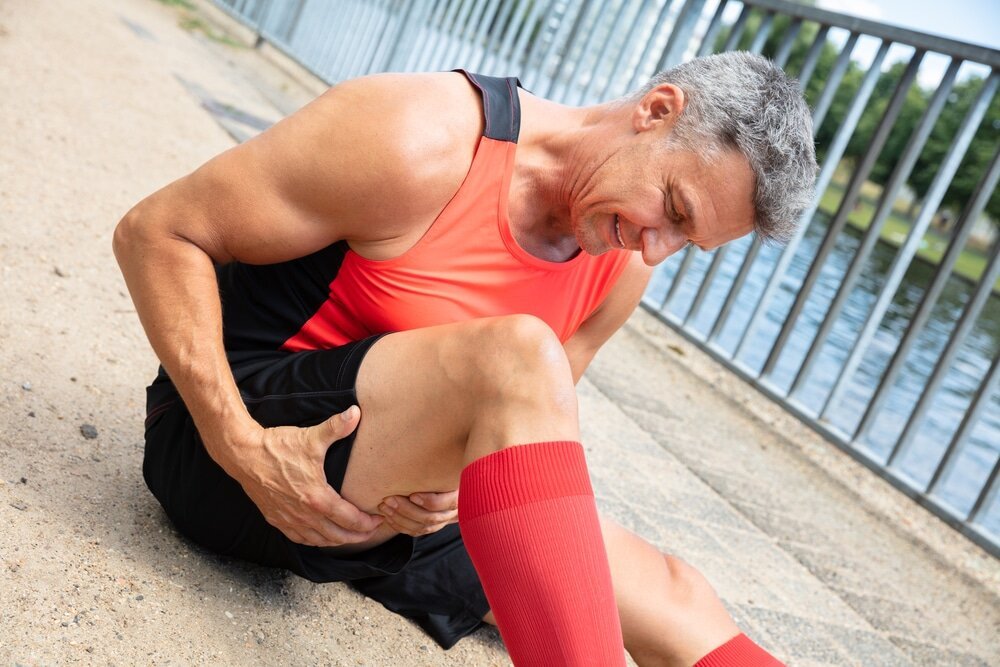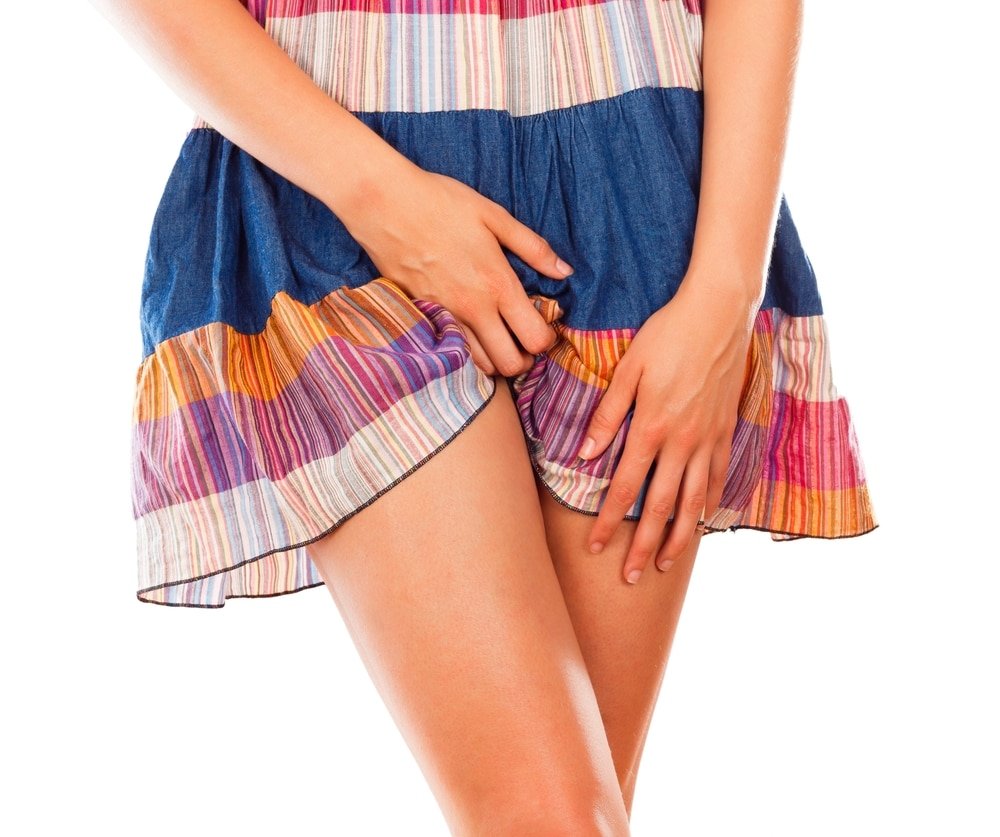Muscle cramps often occur daily for many people, even though they may be nothing to worry about, and hardly require a fleeting thought. However, there are many instances in which muscle cramps may become troublesome, cause significant pain and discomfort, and even impair mobility and normal daily functioning.
Cramps may occur and last for as little as a few seconds, to multiple minutes per session, several times daily in severe cases. Cramps can best be defined as involuntary muscle contractions (also known as spasms) which persist and cause an uncomfortable sensation. Virtually everyone will experience muscle cramps throughout their lifetime, but this is usually not a reason for panic.
Luckily, muscle cramps can be effectively prevented in most instances, though there are definitely causes that you never see coming, or cramps which occur for seemingly no reason. Want to find out more about muscle cramps? Read on below to learn more.
Symptoms of Muscle Cramps

Acute Pain
The sudden and often prolonged muscle contraction that accompanies a cramp is very painful, and can be compared to the feeling when working out and your muscle starts to burn from fatigue. Now imagine prolonging the sensation – this is basically what the pain associated with a muscle cramp feels like.
Muscle Tightness
Muscle cramps can even be noticed visually, given that you do not have a high percentage of body fat covering muscles. You can actually see visible muscle contraction, in that the unilaterally affected muscle appears much tighter and compact than the other side at rest.
Visible Swelling
Muscle cramps that look visibly inflamed or those usually occur as a result of an injury with associated disruption of normal blood flow to the muscle in question. The area is also likely to feel very tender, maybe warmer than usual and even appear red. It is very important for you to seek medical attention if you notice this, as significant damage has probably occurred.
Causes of Muscle Cramps
As previously alluded to, there are definite ways to reduce the likelihood of muscle cramps occurring, as the genesis of these cramps usually follow a predetermined pattern. Common causes usually include;

Injury
Muscle cramps that occur following an injury usually act as a protective mechanism, to prevent the injured area from being actively recruited during daily activity. For instance, if you have developed a hairline fracture on your shinbone, you may experience a greater than normal frequency of calf muscle cramping. This is to discourage you from moving about too much, and allow sufficient time for recovery.
Muscle Overuse
These type of cramps usually afflict athletes, and tend to occur as a result of fatigue of muscle groups. As fatigue kicks in, lactic acid and other waste products accumulate in the muscles. While these levels are high, normal muscle contraction is impaired, occurring with a feeling of generalized fatigue. Cramps that occur as a result of overuse usually resolve quite quickly – within a day or two with sufficient rest.
Following Inactivity
Cramps following a period of inactivity are extremely common, such as during sleep, which many people have likely experienced in their lifetime. The feeling of unconsciously shortening the length of calf muscles during sleep (by stretching the toes), only to be awakened by excruciating pain is probably not one of your most cherished memories.
Though there isn’t really a specific cause of cramps in these instances, it’s most likely due to an extended period of inactivity followed by sudden contraction of the muscle.
Dehydration
Once again, athletes are prone to experiencing cramps that develop as a result of dehydration, since fluid balance plays a critical role in normal muscle contractility. As fluid is lost in the form of sweat, the concentration of electrolytes in blood changes as well. Sodium may be excreted as water is lost, causing an imbalance of excitatory and inhibitory influences on nerves, leading to spasms and subsequently muscle cramping.
This is why you may observe endurance athletes sipping electrolyte beverages during their activity, in an attempt to prevent the well-known muscle cramps that can occur.
Disrupted Calcium Or Magnesium Blood Levels
A deficiency of either of these important minerals leads to over excitation of nerves connected to muscles. The result is rapid firing of these nerves, spasms and cramping of the affected muscle group. Cramps that occur as a result of low blood calcium and magnesium levels are more likely to affect the elderly, pregnant women that have a higher requirement for these minerals, and persons with medical conditions that affect absorption and bioavailability of these nutrients.
Low Potassium Levels
You’re probably wondering why we left potassium for last, and that is because of a common misconception about low potassium levels. While mild deficiency of potassium can cause cramps, it is often more associated with generalized muscle weakness.
Tetanus
Tetanus is a serious life-threatening disorder characterized by excessive and all over hyper excitation of nerves, leading to profound muscle cramps all over the body. It is primarily caused by a bacterial organism by the name of salmonella typhi, which gains access to the blood and releases toxins. Luckily, most persons today are vaccinated against tetanus, so carry a low risk of developing tetanus.
Treatment of Muscle Cramps
While the best way to treat muscle cramps is to address the various issues that may cause them in the first place, knowing what you can actively do to minimize the occurrence is the next best thing. Well accepted treatment modalities include:
Stretching of The Muscle
Since cramps are caused by involuntary contraction of the muscle, actively trying to extend, or stretch the muscle can help relieve the cramping. For instance, cramps of the calf muscles, which are the most common types experienced by people can be relieved by stretching the calf muscles. This can be done by placing a low plank on the ground and placing your toes on the edge of the plank with your heels on the ground. This counters the contraction that may have occurred, for instance when you are sleeping and inadvertently pointed your toes downward, shortening the muscle and causing cramping.
Massages And Application of Heat
Applying a hot water bottle to the affected muscle group, and gently massaging the area can also help to relieve the intense cramping. It may not offer rapid relief, but it is definitely a safe way of treating the cramp.
Ensuring Nutritional Requirements Are Met
Ensuring you consume a variety of foods that contain sufficient calcium, magnesium and potassium are a great way to prevent cramps in the first place, since they won’t do much to fix it once it does occur.
Ensuring that a deficiency of these minerals does not occur decreases the likelihood of nerve over excitability happening, and reduce the likelihood of involuntary contractions.
Use of rehydrating electrolytes drinks that contain sodium and potassium may be useful for quickly preventing muscle cramps once small signs start to manifest (such as spasms). If you are an athlete, this is especially important.
Muscle Relaxants
These are often employed to treat muscle cramps as a result of an injury, offering short-term relief. Of course, these would need to be prescribed by a physician if an injury is suspected or positively identified.
Muscle Cramps – Summary
In the vast majority of cases muscle cramps are preventable, and if they do occur are self-limiting. They tend to resolve very quickly – less than one week, and can be accelerated given that your exercise good judgment and allow the affected area time to rest and recuperate.
Be sure to visit your physician if your cramps persist for a long time, or become frequent enough to be deemed troublesome.
Sources
https://www.medicinenet.com/muscle_cramps/article.htm#is_it_possible_to_prevent_rest_cramps
https://www.mayoclinic.org/diseases-conditions/muscle-cramp/symptoms-causes/syc-20350820
https://www.healthline.com/symptom/muscle-cramp

Join the 7‑Day “Better Gut” Plan
Pop in your email and we’ll send Lesson 1 + the printable list.







